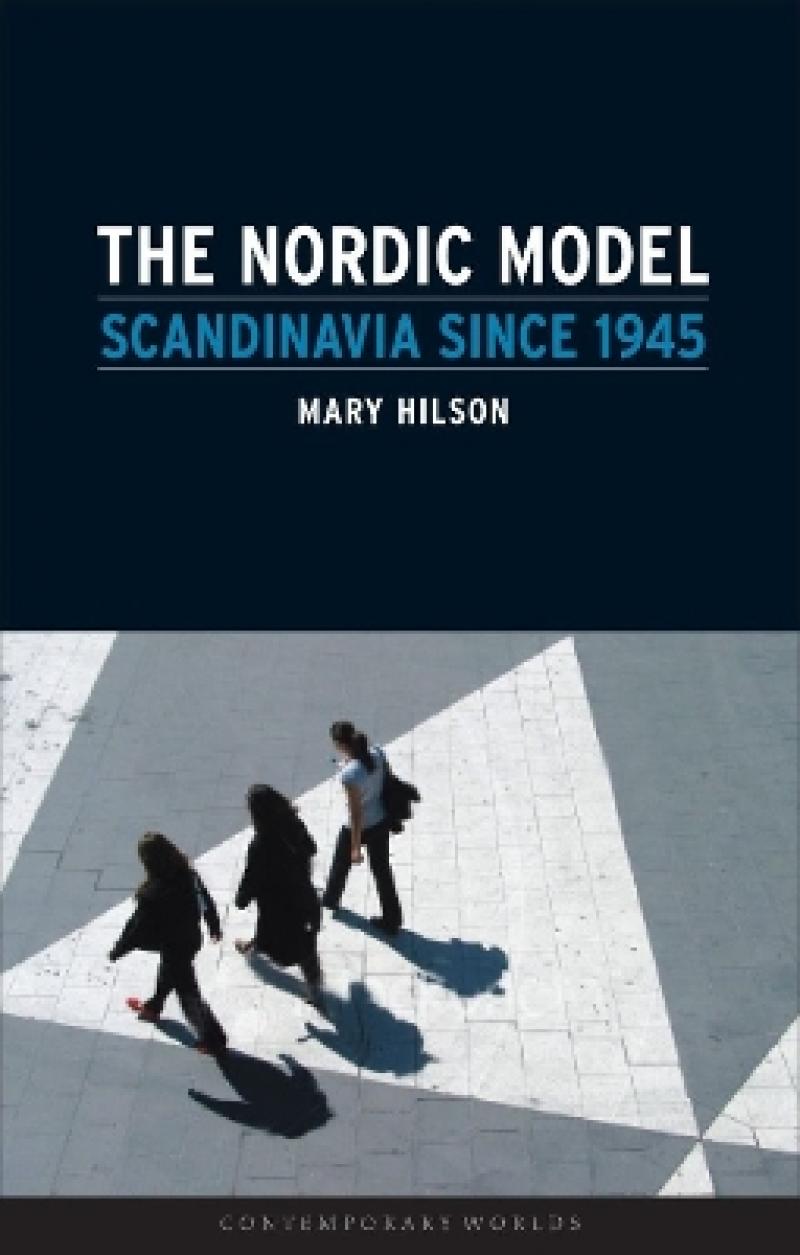Mary Hilson has made a major contribution to Scandinavian studies in this concise, thorough, and well-written survey of contemporary Nordic history . . . This book is informative, very readable, and even inspiring.
<i>Scandinavian Studies</i>
Well researched, Hilson's book is a most welcome English-language addition to Scandinavian history. In particular, she has shown that Scandinavia holds great promise for future transnational history.
<i>European History Quarterly</i>
This book contributes to a better understanding of the Nordic model by highlighting the convergences with and divergences from the rest of Europe and within Scandinavia itself. In doing so, it challenges the preconceived notion that Scandinavia is an entirely distinct region, politically, economically and socially.
<i>Journal of Contemporary European Studies</i>
a very thoroughly researched and quite balanced treatment of all five countries . . . very well written.
<i>Journal of the Royal Geographical Society</i>
For a sparsely populated region on the edge of Europe, Scandinavia has attracted an unusual degree of interest during the twentieth century. The successes and failures of the famous ‘Scandinavian’ or ‘Nordic’ model in politics and policy continue to generate debate. The Nordic Model advocates a government-funded welfare state, an egalitarian tax system and strict job regulation. In this book respected historian of Scandinavia Mary Hilson provides a welcome addition to the literature on the Nordic model by examining in detail its main historical influences, and the ways in which it has changed over time.
Covering all five Nordic countries: Denmark, Finland, Iceland, Norway and Sweden, the book includes chapters on economic development, politics and government, foreign policy and the welfare state, as well as a more general account of the cultural meanings that have accrued to Scandinavia in the twentieth century. The implications of recent developments for the continued coherence of the region are assessed, in particular the European dimension, and the re-emergence of the Baltic Sea as a potential regional focus.
This book will appeal to students of the region as well as to general readers with an interest in Scandinavia.
Preface
Introduction: The Historical Meanings of Scandinavia
1. Consensual Democracies? The Nordic Political Model
2. The Nordic Economies
3. The Nordic Model of Welfare
4. Between East and West? The Nordic Countries in International Relations
5. Scandinavian Society: Equality, Ethnicity and Multiculturalism
Conclusion: Is There a Future for the Nordic Region?
Tables & Figures
References
Selected Bibliography
Acknowledgements
Index
